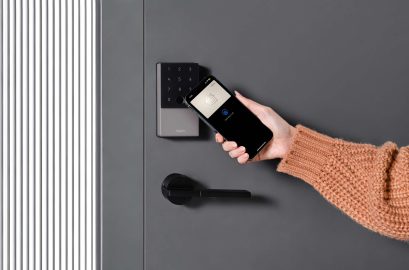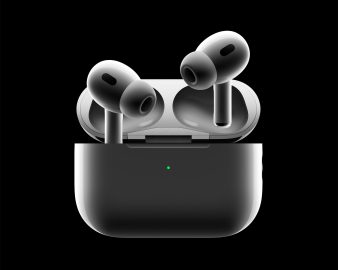
A new report from CIRP looks at how iPhone sales at Apple compare to carriers, specifically the mix of pro vs base iPhones purchased. As you might guess, Apple sells more higher-priced iPhones than carriers but there’s a catch that means it can’t take advantage of the competitive edge.
CIRP shared the new report on its Substack titled “Apple Stores Sell the Best Stuff.”
According to its data for the last 12 months ending in September 2023, customers buying their iPhones directly from Apple choose an iPhone Pro or Pro Max model 47% of the time. In contrast, carriers sell an iPhone Pro or Pro Max 40% of the time.
While that might not seem like a big difference at first, that 7% of units sold is multiplied by $200-300 per iPhone, and Apple sells more than 200 million iPhones per year (across all channels) – so the opportunity cost adds up to a sizable amount.

Why can’t Apple take advantage of its upper hand?
The trouble with Apple turning its higher mix of pro iPhone sales into increased revenue is that carriers dominate iPhone sales in a big way.
Earlier this month, CIRP released its updated data on where US customers buy their iPhones, and just 21% go directly to Apple, while 71% head to their carrier.
As noted by CIRP, not only are carrier customers more likely to buy a less expensive base model iPhone, but Apple also loses the ability to control “the accessory offerings, extended warranty options, and exposure to other devices including Apple Watches, iPads, and Mac computers.”
Add all those factors together, and they probably tally in the billions of dollars of potential missed revenue for Apple.

FTC: We use income earning auto affiliate links. More.






Comments